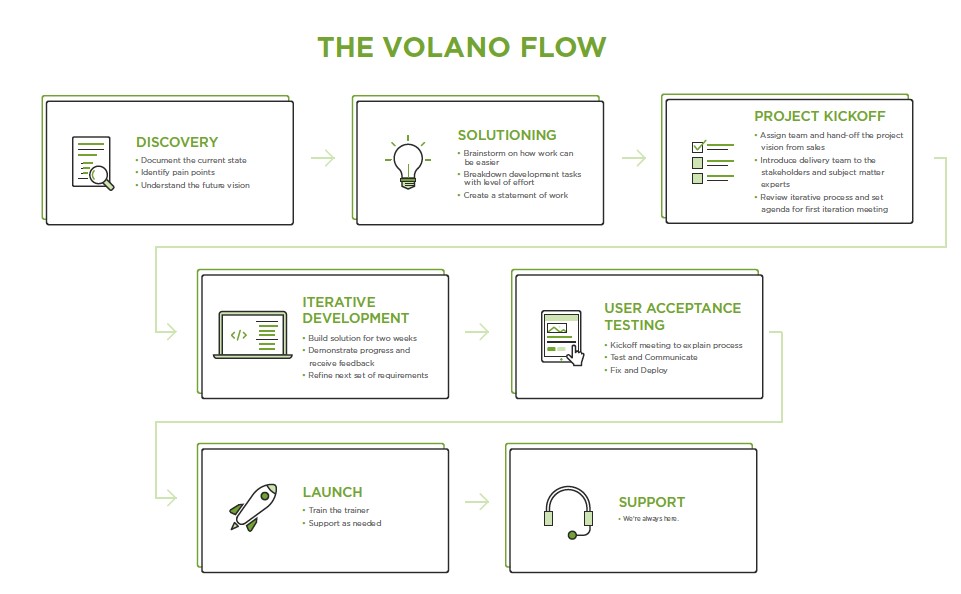The definition of workflow:
“The sequence of industrial, administrative, or other processes through which a piece of work passes from initiation to completion.”

There are multiple reasons to consider using workflow in an organization, as it can automate and improve processes in all areas of a business. One of the most notable examples of workflow is the assembly line which helped to shape the standard of workflow, not only for car manufacturing but for all industries.
Henry Ford set the standard for this workflow, and the production of the Model T is legendary. Toyota adopted Ford’s assembly line in the 1950s to develop their own lean production system. Over the following years, the benefits of their system resulted in:
- Productivity increases between 300% to 400%.
- Labor productivity increased an average of 25% a year.
- Defect rates reduced from over 2000 to less than 50 parts per million, and in many to less than 10 parts per million.
- Cost of quality cut by over 60%.
- Work-in-process inventory cut by more than 80%.
Just a couple of examples of how workflow enhances business.
So here are 10 ways workflow can benefit any business:
- Workflow can help by identifying and removing any unnecessary steps in the process.
- Modifying the order of the steps can make the process more efficient. For example, some steps could run simultaneously as opposed to sequentially.
- Tasks can be assigned to the people with the skills to perform the task, rather than allocating to anyone who needs work to do, which compromises quality!
- Management can concentrate on strategic business-oriented activities, rather than the day to day operational tasks, such as task allocation and monitoring progress. This means the organization can grow as a business.
- Workflow has provisions to answer all possible questions that arise when deciding on or actioning a task. This helps an individual’s work confidence level, which in turn reflects in the quality of the outcome.
Some of the questions answered include: What actually needs to be done?, Who am I doing this task for?, How long should I take to perform this task?, Who else is involved in the process?, What will happen after I action this? - Workflow follows a sequential order. It ensures that all steps have been completed correctly (especially areas typically prone to human error) and checkpoints met before moving forward.
- Paperwork and paper chasing is eliminated thus reduces waste and saves time. Automatic routing with no paper handling and fast travel time will significantly cut time. The constant movement of the workflow means once a person has finished their part, they can immediately pass it on, so it doesn’t sit around where it can get forgotten or lost.
- It improves visibility. Tracking can allow a staff member to instantly check the status of the item. It allows the key people to see the critical processes at every point, identifying problems, and bottlenecks, and monitor end-to-end performance throughout.
- Decisions that were determined by people can be made by the workflow, based on businesses rules that can be made to represent human decisions.
- Since the workflow is linked to a database, it keeps a record of what occurs in the system. An audit trail shows who, what, when and what actions were performed.
In summary, workflow provides major benefits for any organization. The ten described here are just some of the many benefits of workflow. It makes an organization become more efficient by helping to save time, remove waste, cut out unnecessary work, better use of human resources, which overall saves money and will help an organization to grow and improve.
Adapted from Nathan Gilligan – All Things Workflow.

